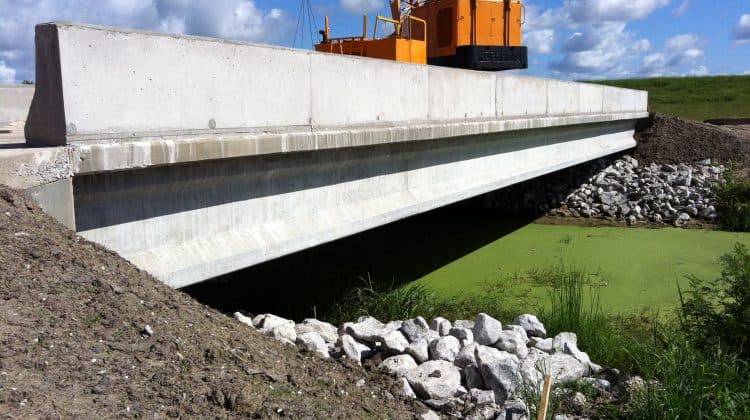
- Client :Okechukwu N.
- Category :Agent-Based, Discrete Events, Optimization, Parameter Variation, System Dynamics
- Project Url :
- Date :June 13, 2019
Challenge
The question to answer on this project was how to model, analyze and sustain the workflow and productivity of a construction system under the dynamic constraints and hierarchical decision-making entities focused on analyzing the impact of simulation parameters on the system effectiveness taking into account real-time situations/influences, and giving insight to the project management team on the best control approach to enhance the system performance. The object was to generate and optimize a construction schedule, revise and re-optimize the schedule during disruptions and offer a decision-making platform for the project team.
To answer the question it is necessary to take into consideration the interactions and workflows of several working members such a project manager, construction manager, operators, etc. Also the problem requires the consideration of external influences such as rain and road accidents while also adding management techniques and managing performance into the system. On this construction there are several machines involved with the idea of optimizing the use of these machines as well.
Solution
To solve this problem, a solution using AnyLogic was developed, generating a multi-method simulation model. The interactions between the different individuals to be able to make a project begin based on a potential contract were developed using Agent-Based modeling to capture the activities involved such as meetings, research, proposal construction, finding internal or external resources etc.
The field activities to clean, dig, fill and prepare the terrain to start the bridge construction were developed using discrete-events and the external influence of rain and bad weather on the field was simulated using System Dynamics.
The project also required the construction of a full business process model, and I was in charge of training and support for that model.
Outcome
Under normal conditions it was defined that for each area in the field, 2 bulldozers and 2 excavators have to be used. But what if the manager tells the team that one is enough? We want to analyze the risk of not meeting the deadline using different number of machines by developing a Monte Carlo experiment in order to understand the number of times that a project would fail under bad management conditions. Weather was the most critical influence that could affect severely the outcome of the project with big delays.
We discovered from running simulations that if we only use 1 team of machines working in each one of the areas, the amount of time to finish everything is around 680 days, but if we use 17 teams of 2 bulldozers and 2 excavators (34 excavators and 34 bulldozers), the project is done in only 300 days. It is know that in general when projects are developed it is always convenient to stay as close to the deadline as possible, not finishing too early, but also not being late in order to optimize the costs.
So to optimize the model, we could choose an arbitrary date to finish the project. Let’s say 500 days. And by modifying the number of teams and the number of excavators and bulldozers in each team, we want to answer the question: How can we minimize the number of machines used with the constraint that the project has to be finished before 450 days?
The experiment was run obtaining the following optimal configuration:
- Number of bulldozers: 2
- Number of Excavators: 2
- Areas Per Cluster: 11, equivalent to 3 teams
The simulation ends up being a tool that can be used in different terrains with different external influences as a project management tool to define the correct use of resources and also the correct strategy to work out the terrain.
Project Features
- Industry: Construction
- Model: Discrete-Events, Agent-Based, System Dynamics
- Duration: 1 year
